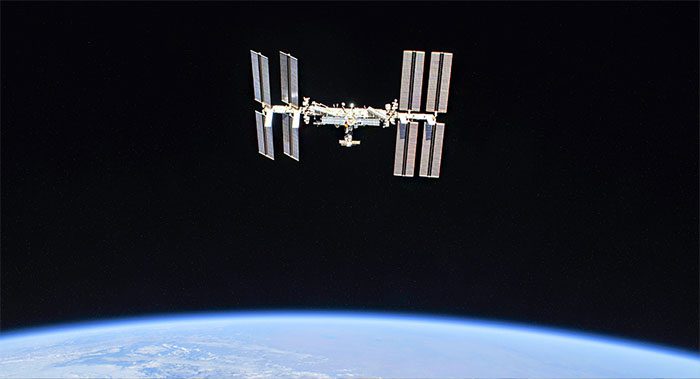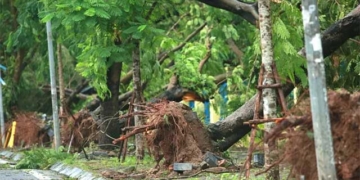The Johnson Space Center of NASA experienced a power outage that briefly disrupted communication between the control team and the International Space Station (ISS) on July 25.
Power Outage Incident occurred while several upgrade tasks were being carried out at the Johnson Space Center in Houston. The crew aboard the International Space Station (ISS) was informed of the incident via Russian communication systems approximately 20 minutes after the power outage.

The International Space Station (ISS) orbits the Earth. (Photo: NASA).
According to the ISS program manager, Joel Montalbano, the astronauts and the station were not in danger. The backup control system helped restore normal communication within 90 minutes. “This is not an issue on the station; it is entirely a problem on the ground. At no point were the crew or the station in danger,” he stated.
This is the first time NASA had to activate the backup control system, according to Montalbano. NASA maintains a backup control center several kilometers away from Houston in case of a disaster requiring evacuation. However, in the situation on July 25, the flight control staff remained at the mission control center because the lights and air conditioning were still operational. “We will investigate what happened in detail, learn from it, and continue to improve,” Montalbano said.
The space agencies of Russia and the U.S. continue to collaborate, despite tensions between the two countries on the ground. In February, Russia launched a rescue vehicle to the ISS to bring back three stranded astronauts, including two Russians and one American, after their spacecraft was struck by a micrometeoroid and sustained damage.
SpaceX’s upcoming Crew-7 mission will send four astronauts, including Jasmin Moghbeli (NASA), Andreas Mogensen (European Space Agency ESA), Satoshi Furukawa (Japan Aerospace Exploration Agency JAXA), and Konstantin Borisov (Russian space agency Roscosmos) to the ISS aboard the Dragon spacecraft. The launch is scheduled for 5:56 PM on August 17 (Hanoi time) from NASA’s Kennedy Space Center using a Falcon 9 rocket.


















































